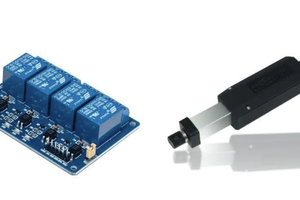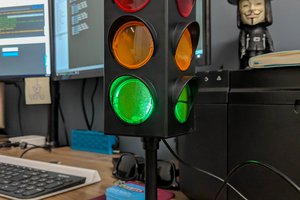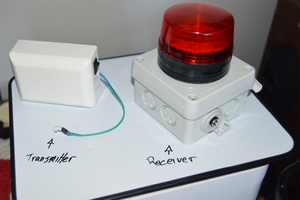LDRs come in a variety of sizes and forms and are inexpensive and widely available. Cameras, light beam alarms, garden lights, clock radios, toys, street lights, and detectors are among the most typical uses for this gadget.
Photo Resistor Module Working Principle
Currents flowing through metal are caused by electrons and are classified into insulators, conductors, and semiconductors according to the number of electrons flowing through them.
These are classified based on the energy gap (called the bandgap) between the valence band and the conduction band.
As mentioned earlier, photoresistors are made up of high-resistance semiconductors because only a few electrons are available for conduction. The zigzag pattern at the top of the photoresistor is cadmium sulfide, a semiconductor. It is deposited this way to provide the required resistance and power.
When light strikes a photoresistor, the valence band electrons or valence electrons absorb enough energy to break their link with the atom and hop to the conduction band.
This electron transfer process causes current to flow to the photoresistor, and as more electrons flow in the conduction band, the current increases and the resistor's resistance decreases.
Project Requirements:
- Arduino Board
- Active Buzzer
- Photo Resistor Module KY 018
- Breadboard
- Jumper Wires


 Dave J.
Dave J. 
 Balena.io team
Balena.io team
 infreq
infreq